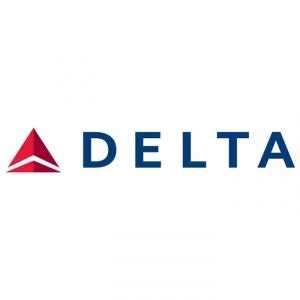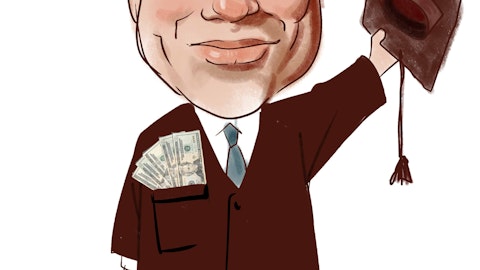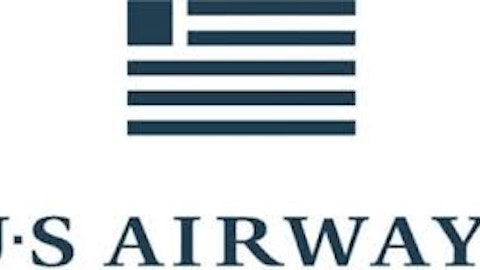The airline industry is known for being among the most competitive and challenging businesses out there. Some well-known 20th century airlines no longer operate today, such as ATA Airlines. Others operate under bankruptcy protection, like Delta Air Lines, Inc. (NYSE:DAL), and regional airliner Southwest Airlines Co. (NYSE:LUV) has stayed competitive in the business by keeping operations focused on a specific niche.
It’s no secret that we are fans of mimicking the smart money. We’ve recently teamed up with MarketWatch to create the Billionaire Hedge Fund Index to measure how well hedge funds can pick stocks. The Index tracks more than 40 billionaire fund managers, and after a full year of its existence, the results speak for themselves. In 2012, this index returned 24.3% vs. 16.0% for the S&P 500 ETF. That’s an outperformance of 8.3 percentage points (learn more about how to use this market-dominating strategy).
Consequently, we’re going to look at a few different airliners what some hedge funds are doing with their holdings.
Let’s check out Delta Airlines first. Delta operates globally using the hub-and-spoke system, operating in New York, Amsterdam, Tokyo, and many other cities. The stock traded at $14.83 at the beginning of 2008. It currently trades around $13.80 and is up from around $12.00 at the beginning of 2013. Revenue has grown at a compounded rate of over 15.5% since 2008. Net income has been positive since 2010 and grew over 40% in 2011. Popular fund managers such as George Soros (see Soros Fund Management’s top holdings) and David Tepper keep a good chunk of their 13F portfolios in Delta.
Smaller airliners, such as Southwest Airlines, still pack a punch. Known for their “sex sells seats” motto in the 1970s and their 40 straight years of profitability shortly after starting, Southwest has been one of the most interesting players in the business. Before the recession, Southwest traded between $11-$18 per share, then traded below $5 in 2009. Currently their stock trades over $11 per share. The stock has grown a little under 10% per year from 2008 lows around $7. Though still underperforming Delta over the same period, the company also pays a 0.40% annual dividend yield.
Sales shrank slightly by 6% in 2009, but grew at a rate of over 18% per year from 2010-2012. Southwest Airlines was Jim Simons’ 253rd biggest investment in 3Q 2012, placing it in the top 10% of his holdings. Simons has operated his hedge fund, Renaissance Technologies, so successfully that he is currently ranked the 31st wealthiest man in the United States (see Simons’ newest stock picks).
Who’s the best of the rest?
Copa Holdings, S.A. (NYSE:CPA) is another regional airliner, and is based in South America. The company has done very well for investors in recent years. Shares are currently up 84% from January 2012 and trade over 500% above 2008 lows, returning an average of over 50% per year from those lows. Revenue was up almost 30% in 2011; net income has grown each year from 2009-2011; and EBITDA has grown at a rate of 18.7% annually over the past half-decade. With a P/E ratio of 14.28, the stock trades well below the industry average of 31.50. It’s no surprise that Simons’ fund also holds this stock, in addition to Jeffrey Vinik’s Vinik Asset Management.
U.S. Airways Group, Inc. (NYSE:LCC), like Delta, is a major airliner that operates airline hubs around the world. Appaloosa Management, managed by David Tepper, keeps U.S. Airways as a top 10 holding. U.S. Airways’ stock is up over 170% since the start of 2012 and up over 870% off of 2008 lows. You would have received approximately a 65% annual return to date if you had purchased the lows in 2008. Don’t think you’ve missed all of the potential in this stock, though.
U.S. Airways traded for over $63 in 2006 and there’s good reason to believe their stock is headed back higher. Revenue has grown each of the past 4 years (average growth of over 3% since 2008) and net income has been positive 3 out of the past 5 years. Their P/E ratio of 4.31 is well below the industry average of 10.00 for major airliners, and their 4.6% profit margin is well above the industry average of 2.8%. This is one major airliner that could be trading at a major bargain.
JetBlue Airways Corporation (NASDAQ:JBLU) is the last stock we’ll discuss. JetBlue operate flights in 22 U.S. states in addition to Puerto Rico, Mexico, the Caribbean and Latin America. The stock touched $17 per share in 2006 before falling to nearly $3 in 2008. Since making new lows, shares have traded mostly between $4-$7 and are currently around $5.80. This is yet another stock held by some popular funds. Both Appaloosa Management and Renaissance Technologies hold JetBlue.
Given annual revenue growth of 10% from 2008-2012 and EBITDA growth of over 18% over the same period, it may seem surprising this stock hasn’t received a bigger boost over its peers. Profit margins for JetBlue are just slightly below the industry average, however, and their debt/equity ratio is slightly above. They also offer no dividend while many of their peers do. Each of these above factors can lower a company’s valuation.
We’ve checked out two major airliners (DAL and LCC) and 3 regional airliners (LUV, CPA, JBLU). Which should you pick for your portfolio? I personally like all of these stocks, and some successful hedge fund managers mentioned in this article would agree with me when I say it’s a tough pick. Regional and major airliners both have competitive advantages and disadvantages over one another, so it’s not a bad idea to pick a few of each.
All of the stocks mentioned in this article have done well in recent years, so your best bet may be to purchase an ETF like the Guggenheim Airline ETF (FAA). This fund keeps Delta, Southwest, and JetBlue in their top 10 holdings and has returned over 40% to date since the beginning of 2012. That might be a great way to capitalize on any opportunity in the industry over the coming years. But if you just want to get into individual stocks, any of the aforementioned stocks would be great additions to your portfolio.
Disclosure: I have no positions in any of the stocks mentioned above





